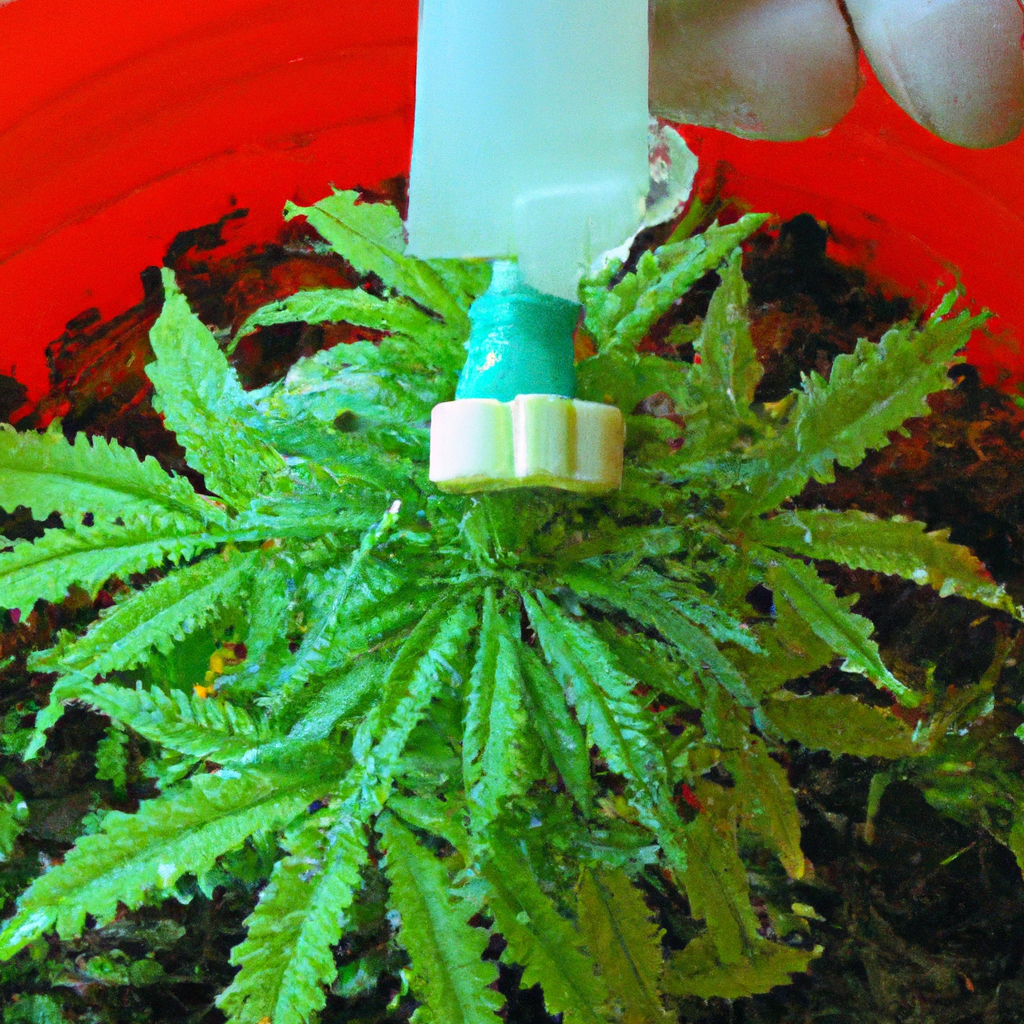Your cart is currently empty!
In cannabis cultivation, the art of watering plays a crucial role in determining plant health and yield. Watering isn’t just about keeping the plants alive; it’s a nuanced process that can significantly affect the quality and quantity of your harvest. This article delves into the science and techniques of watering cannabis plants, providing you with essential insights to optimize your growing practices.
The Science Behind Watering Cannabis
Water acts as a solvent for nutrients, a vehicle for transportation, and a means for maintaining plant structure. Understanding how water interacts with the soil, roots, and plant physiology is key to achieving optimal growth.
- Nutrient Solubility: Water dissolves minerals, allowing them to be absorbed efficiently by the roots.
- Hydration: Proper watering helps maintain turgor pressure, keeping the plant’s structure firm and healthy.
- Transpiration: Water facilitates the transport of nutrients from the roots to other parts of the plant.
Effective Watering Techniques
Here are some expert tips to ensure your cannabis plants receive the right amount of water:
- Know Your Medium: Different growing mediums retain water differently. Adjust your watering based on soil, coco coir, or hydroponic setups.
- Observe and Adjust: No two plants are alike. Monitor signs of under-watering or over-watering, such as wilting or yellowing leaves, and adjust accordingly.
- Deep Watering: Ensure that water reaches the deeper roots by watering until you see drainage from the pot’s bottom. This encourages robust root development.
FAQs: Common Watering Queries
- How often should I water my cannabis plants?
- It depends on several factors, including the plant’s stage, the climate, and the growing medium. Generally, water when the top inch of the soil feels dry.
- Can I use tap water for my plants?
- Yes, but it’s best to let it sit for 24 hours to allow chlorine to evaporate. Alternatively, use filtered or distilled water for optimal results.


Leave a Reply